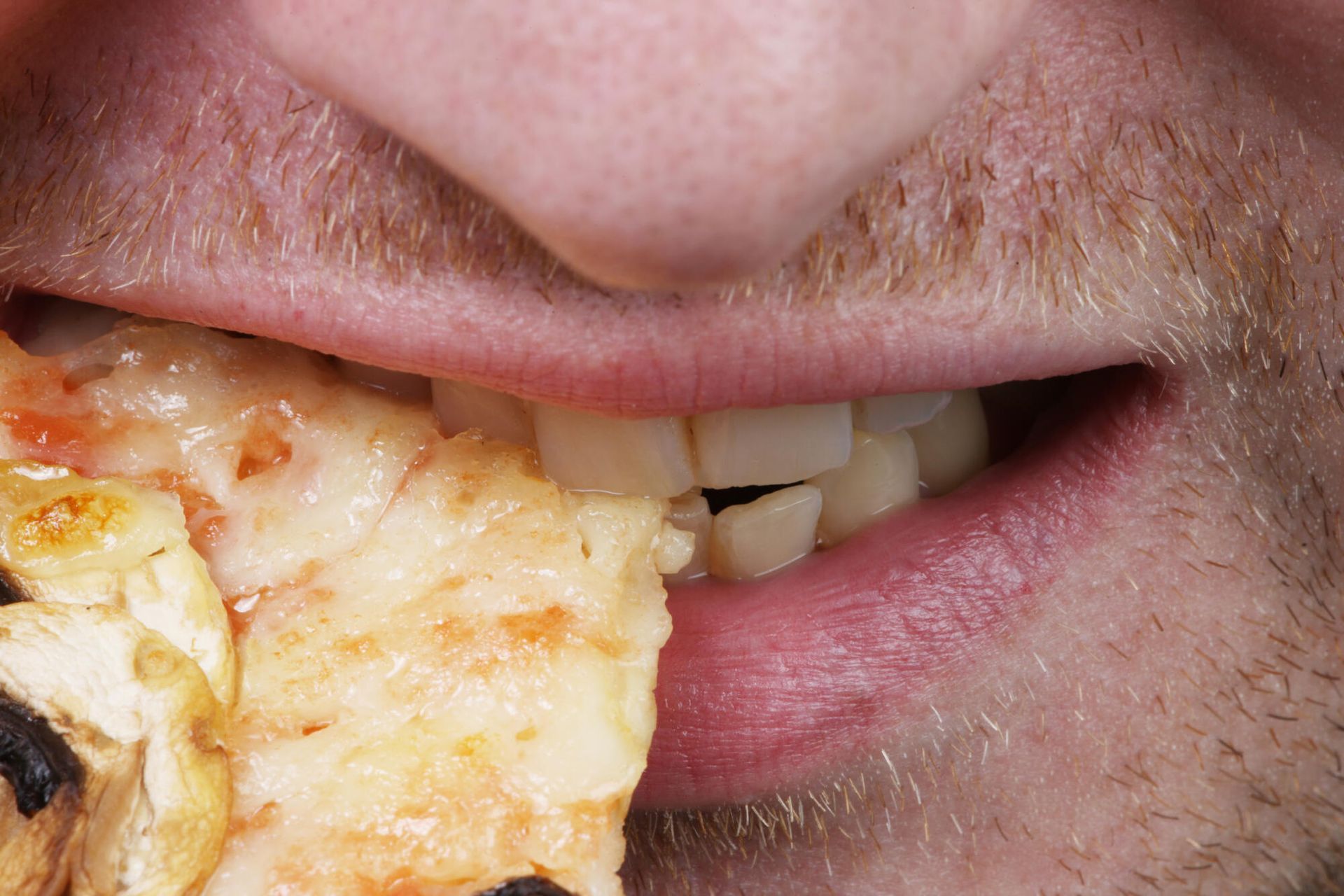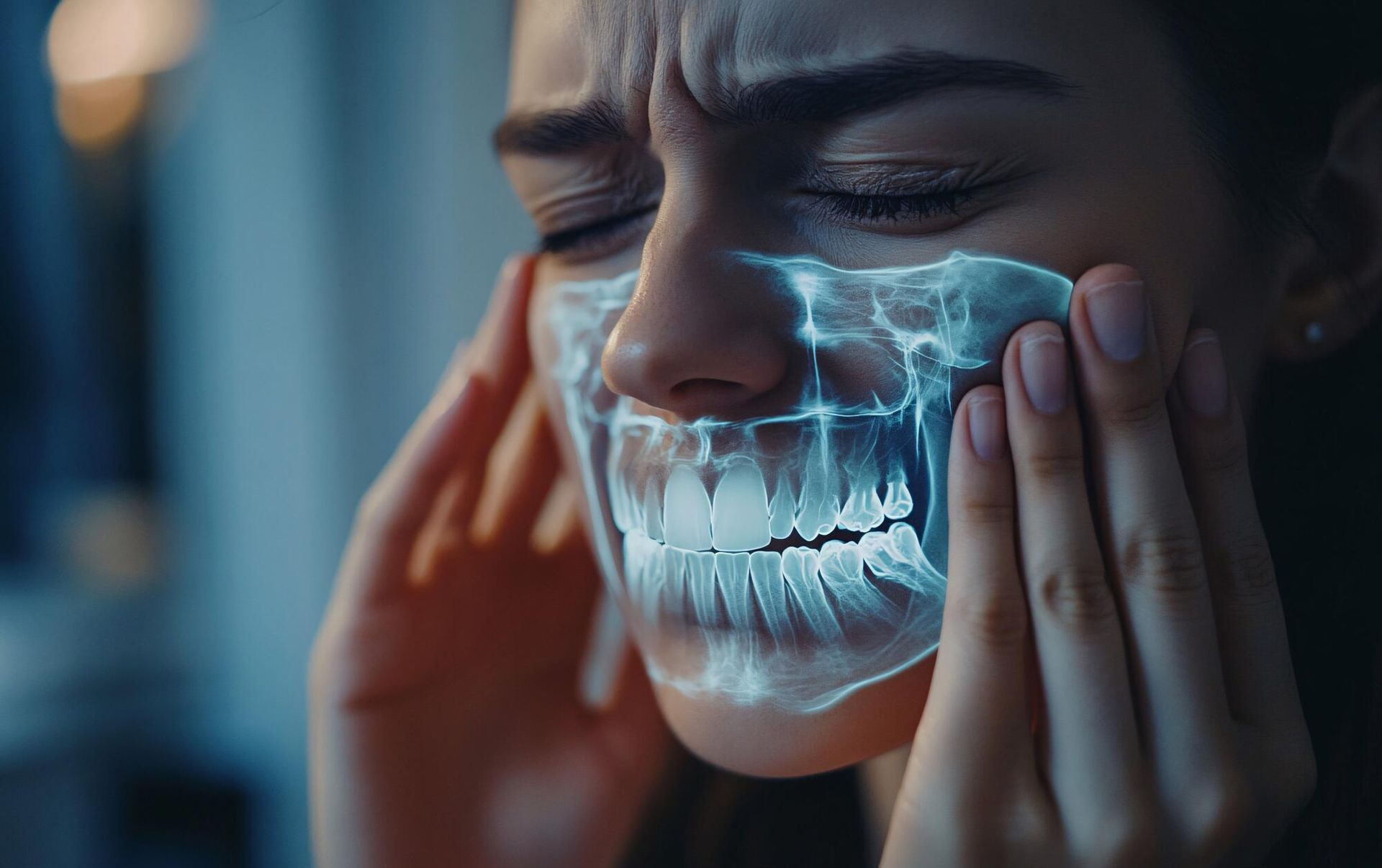13 Things That Make TMJ Worse and How to Deal With It
Did you know that the way you chew can make TMD worse? Click here to learn 13 things that make TMJ worse and how to avoid them.
Estimates show that over 10 million Americans are affected by TMJ (temporomandibular joint disorder). This causes these people to suffer from severe discomfort and pain in the jaw joint and surrounding muscles.
Dealing with TMJ can be challenging. Understanding the factors that worsen the condition is crucial for managing it effectively.
In this listicle, we will explore 13 things that can make TMJ worse. We provide practical tips on how to deal with them. By following these recommendations, you can minimize TMJ-related discomfort and enhance your quality of life.
Keep reading to learn what you can do!
1. Stress and Anxiety
Stress and anxiety are two of the main things that make TMJ worse. When you're stressed or anxious, you may increase tension in the jaw and facial muscles. This can aggravate the condition and lead to pain and limited jaw movement.
Consider these relaxation techniques:
- Deep breathing exercises
- Meditation
- Yoga
Take the time you need to engage in stress-relieving hobbies and activities. Spend time with loved ones and make sure you get a sufficient amount of rest.
2. Teeth Grinding and Clenching
Bruxism is the habitual grinding or clenching of your teeth. This puts excessive pressure on the joint which can lead to TMJ pain.
If you or your partner notices you grinding your teeth, first consult with your dentist. They may recommend a custom-fitted mouthguard to wear during sleep. Contact between the upper and lower teeth will be cushioned, relieving strain on the things that worsen the TMJ.
3. Poor Posture
When sitting or working for prolonged periods, pay attention to your posture.
Do you slouch? Are you hunching forward? These things make TMJ worse by putting strain on the neck, shoulders, and jaw muscles.
Work to alleviate these by maintaining good posture by sitting up straight and keeping your shoulders relaxed. Your head should be aligned with your spine at all times.
4. Chewing Hard or Sticky Foods
Hard or sticky foods can also cause severe jaw pain. Opt for softer food options like cooked vegetables, lean proteins, and mashed potatoes. Cutting your food into smaller bite-sized pieces can also alleviate strain.
5. Excessive Jaw Movements
Excessive jaw movements like yawning or chewing gum for extended periods won't help your TMJ either. Minimize these actions and avoid forceful movements whenever possible. If you feel the need to yawn, try placing a hand over your mouth to provide gentle support and prevent excessive stretching of the jaw muscles.
6. Poor Sleep Habits
It is crucial to get a good night's sleep if you are currently suffering from TMJ. Aim to get into a consistent sleep schedule each night.
A supportive pillow can go a long way to maintaining a comfortable sleep position. It'll also avoid putting any unnecessary strain on the jaw joint.
If you continue to have poor sleep due to your TMJ pain, consult with your healthcare professional for further guidance.
7. Caffeine and Alcohol Consumption
Be mindful of your caffeine and alcohol intake too. Having too many of these beverages can cause muscle tension and dehydration.
Limit your intake of caffeinated beverages like coffee, tea, and energy drinks. If you rely heavily on caffeine to get through the day, opt for herbal tea. Remember to stay hydrated with water.
8. Nail Biting and Lip Chewing
Are you a chronic nail-biter or lip chewer? This can be due to stress. First, become aware of these behaviors and find alternative stress relief techniques.
For example, use a stress ball or engage in mindful activities. Anything to redirect your impulses is fair game.
9. Overuse of Jaw Muscles
Overuse of the jaw muscles, such as excessive talking or singing, can intensify TMJ symptoms. Practice vocal rest when possible and avoid straining the jaw by speaking softly or using gentle, controlled movements.
Maintain a relaxed and natural speaking voice at all times.
10. Ignoring Proper Oral Care
You don't want to make the mistake of neglecting proper oral hygiene. Schedule regular dental check-ups and cleanings. Doing so will detect any dental issues that may impact your jaw joint.
Be sure to follow your dentist's recommendations for oral care. This includes proper brushing, flossing, and maintaining a healthy dental routine.
11. Smoking
Smoking is another factor that has been linked to increased jaw pain in those with TMJ disorders. Nicotine and other chemicals in cigarettes can cause muscle tension, redirect blood flow, and hinder the body's natural healing process.
Quitting smoking or at the very least, cutting down can significantly improve TMJ symptoms and your overall health.
12. Ignoring Emotional Well-Being
Negative emotions like anger, frustration, and sadness can lead to teeth clenching and jaw tension. Seek support through counseling or therapy to address emotional issues.
13. Self-Medicating Without Guidance
Over-the-counter (OTC) pain medications may temporarily alleviate TMJ discomfort, but self-medicating without professional guidance can be risky. Consult with your healthcare provider to determine the appropriate pain relief options and avoid potential drug interactions or adverse side effects.
These Are the Things That Make TMJ Worse
As you can see, there are many things that make TMJ worse. TMJ disorder can significantly impact your daily life. With the right approach, you can take control of the condition and find relief from its symptoms.
Remember that each person's experience with TMJ may vary. It's essential to seek personalized advice from healthcare professionals. We will work with you to develop a comprehensive treatment plan tailored to your unique needs.
If you're currently experiencing any TMJ symptoms, do not hesitate to contact Dental Care Burke right away.












